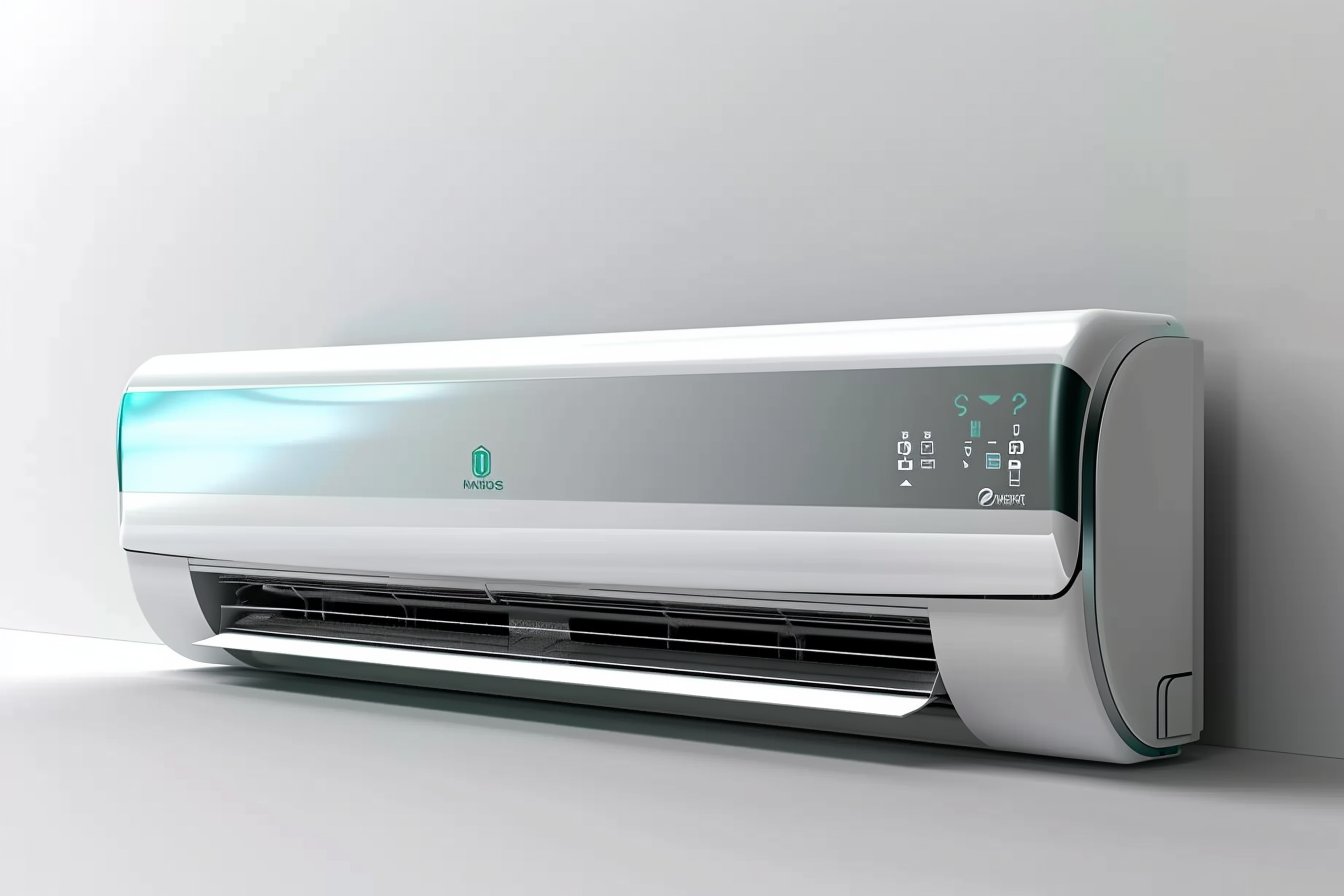Decoding the Potential of Fixed Wireless Access: A New Era in Connectivity
In our digital age, where connectivity is no longer a luxury but a necessity, new avenues of internet access are being explored. One such promising technology is Fixed Wireless Access (FWA). Let's delve into the intricacies of FWA, its impact, and the challenges it presents.
The Genesis of Fixed Wireless Access
Fixed Wireless Access, or FWA, is not a new concept. Its roots trace back to the 1990s when wireless technologies began to evolve. FWA started as a solution to extend internet access to areas where wired connections were impractical. Early versions relied on WiMax and LTE technologies, but as wireless tech has evolved, so too has FWA. Today, it is seen as a viable alternative to traditional broadband, offering high-speed internet access without the need for physical cables.
The Current Landscape of Fixed Wireless Access
FWA has surged in popularity in recent years, driven by advancements in wireless technology and the increasing demand for high-speed broadband. Regulatory changes have also played a significant role, with governments around the world allocating more spectrum for FWA to meet the growing demand for internet services.
A key trend is the use of FWA as a cost-effective solution to bridge the digital divide, especially in underserved and rural areas. However, it’s not just limited to these regions. FWA is also being deployed in urban areas, providing a competitive alternative to traditional wired broadband.
Impact and Applications of Fixed Wireless Access
FWA has the potential to revolutionize internet access. By providing a faster, more reliable connection, it can support a range of applications, from streaming high-definition video to supporting remote work.
On a larger scale, FWA can also stimulate economic growth. By extending internet access to underserved areas, it can foster innovation, create jobs, and open up new opportunities. Despite these benefits, FWA faces challenges, notably in terms of coverage and capacity. While technological advancements are addressing these issues, there is still work to be done.
The Future of Fixed Wireless Access
Looking ahead, the future of FWA seems promising. As wireless technologies continue to evolve, we can expect to see even higher speeds and more reliable connections. The rise of smart cities and the increasing demand for IoT applications will only fuel the demand for FWA.
While challenges remain, the potential benefits of FWA are clear. As we move into a more connected future, FWA could play a crucial role in ensuring everyone has access to the high-speed internet they need.
In conclusion, Fixed Wireless Access offers a compelling solution to the ever-growing demand for high-speed internet. As technology continues to evolve, so too will the capabilities and applications of FWA. Only time will tell how this exciting technology will shape our connected future.





